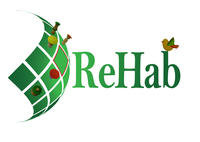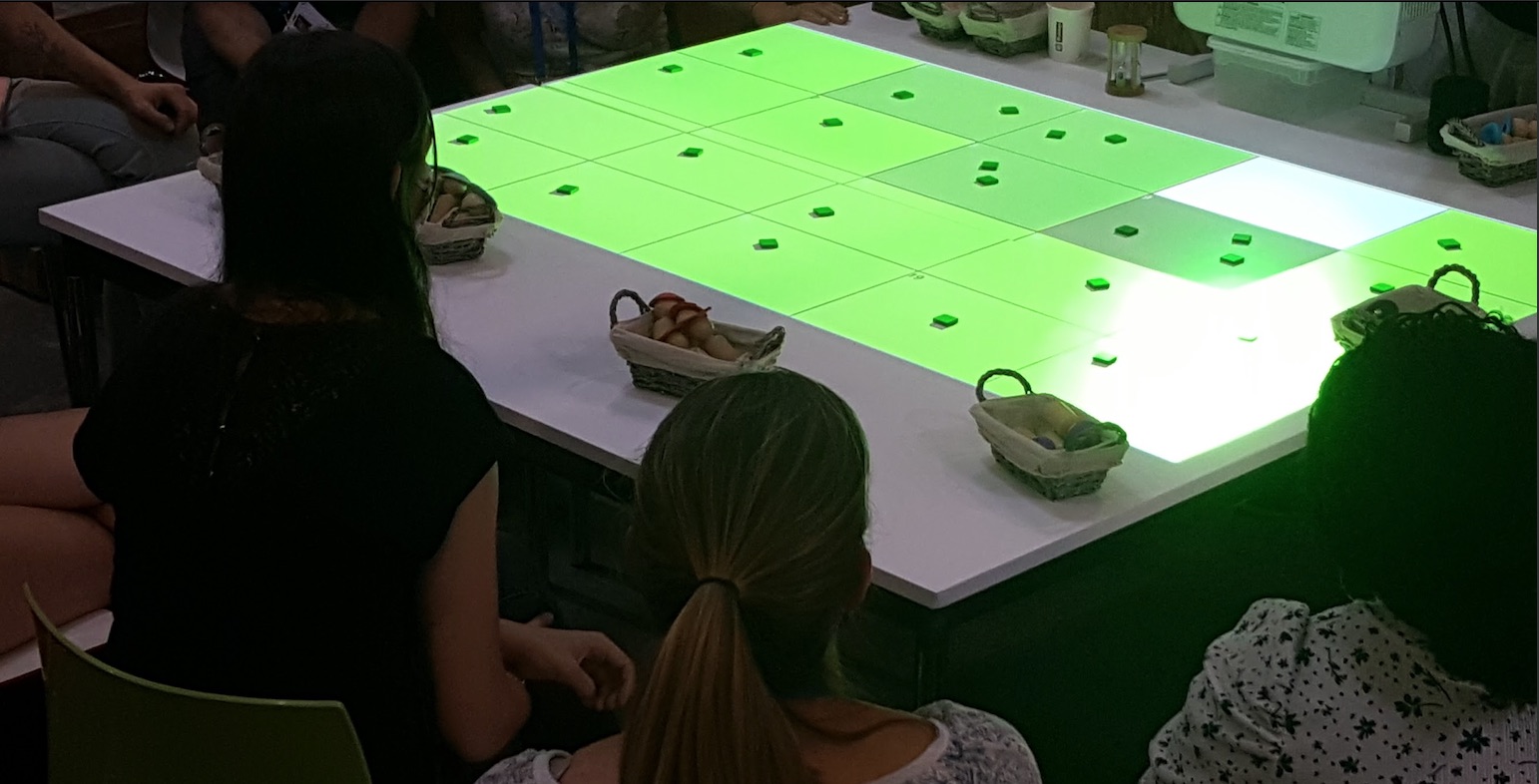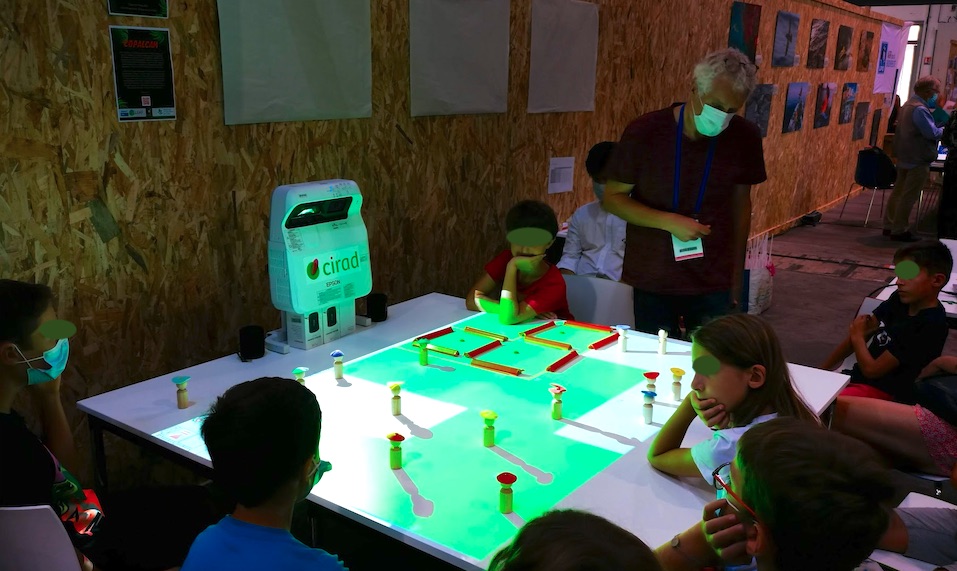 |
|
|
|
ReHab
Re(source)Hab(itat), computer-assisted role-playing gameReHab is a computer-assisted role-playing game aiming at fostering the importance of communication, through experiential learning, in the context of renewable resources management and conservation. Motivation for its creationIt is often assumed in natural resources management that communication helps solving the ‘tragedy of the commons’ by way of shared knowledge and better coordination. ReHab is a role-playing game, both cooperative and competitive, exploring the role of knowledge production and communication for the conservation and management of natural resources through experiential learning.ReHab pitches players as Harvesters or Rangers in an abstract landscape representation where a resource is distributed in discrete units of Biomass. The landscape is also a nesting and breeding ground for a protected migratory Bird. The Rangers’ task is to maximize Bird reproduction by creating protected areas, while Harvesters have to collect Biomass, their only source of income. Rules about biomass regeneration, distribution amongst harvesters, and bird reproduction are not disclosed to the players. A typical game session includes two successive scenarios: without communication between players then with communication. A final collective debriefing brings out the level of understanding of the hidden rules, the individual and collective strategies and how these influenced the game's outcomes. In most cases communication improves the outcomes for both roles, Harvesters and Rangers, even though players construct and articulate rational decisions based on limited or even flawed understandings of the rules. This suggests that, in the absence of enforcement mechanisms, trust and communication prevail over knowledge and understanding when it comes to managing natural resources and resolving trade-offs between conservation and development. 
Description and specificityThe game board is composed of 20 cells, each with a biomass level between 0 and 3. It is this biomass that the harvesters must collect to survive. In addition, this area is home to an endangered migratory bird species. Birds move to nesting sites each season. Suitable nesting sites must contain sufficient biomass (level > 1). Breeding is successful (1 or 2 chicks) as long as nesting boxes (and their vicinity) are not disturbed by harvesters. The dynamics of the biomass evolves according to the following rules: 
|
|